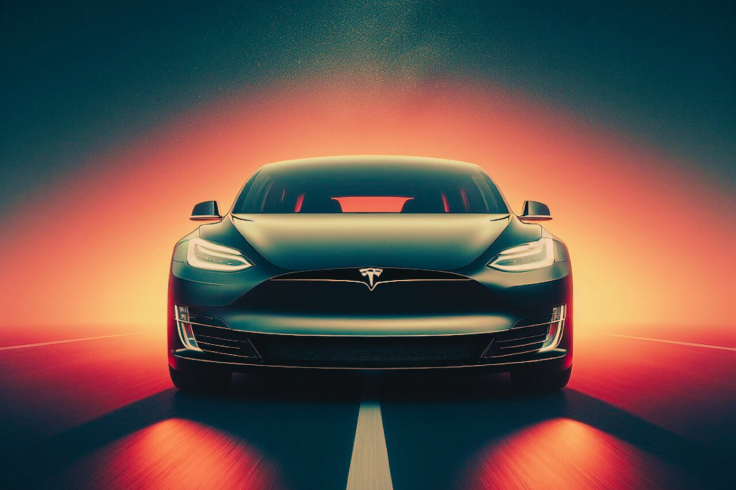Billionaire Bill Ackman Uncovers A Colossal AI Opportunity Tesla Is Missing Out On

As Tesla gears up to launch its much-hyped robotaxi service in June 2025, billionaire investor Bill Ackman is betting on a different AI-driven opportunity that could outshine Elon Musk's vision.
While Tesla's £1.04 trillion ($1.3 trillion) valuation hinges on its autonomous driving ambitions, Ackman's latest moves suggest a smarter, less risky play in the £820 billion ($1.1 trillion) ride-sharing market. Here's why his strategy could redefine the AI mobility race.
Rethink Robotaxi Investments Now
Tesla's robotaxi plan, set to debut in Austin, Texas, on 30 June 2025, has electrified investors.
Musk claims Tesla's Cybercab, priced under £24,000 ($32,000), will dominate with its camera-based Full Self-Driving (FSD) technology, potentially capturing '99% market share' in a sector Morgan Stanley estimates could exceed £820 billion ($.1 trillion) in the U.S. alone by 2033.
Yet, Tesla's first-quarter 2025 results, reported on 23 April 2025, were grim: deliveries dropped to a three-year low, revenue fell 8%, and earnings plummeted, raising doubts about its £104 ($130) per share valuation. Ackman, however, is sidestepping Tesla's risks.
His Pershing Square hedge fund has poured £2.4 billion ($3.2 billion) into Uber and Hertz, betting their established platforms can capitalise on robotaxis without the burden of building autonomous fleets from scratch.
Leverage Existing Platforms Fast
Ackman's vision, detailed in a Wall Street Journal analysis, centres on Uber's ride-sharing dominance and Hertz's rental infrastructure. Uber, with 150 million monthly active users, has already partnered with Alphabet's Waymo, integrating robotaxis into its app in Phoenix since October 2023 and expanding to Austin by March 2025.
This model lets Uber profit as a distribution channel without the £8 billion ($10 billion) cost of developing autonomous vehicles. Hertz, meanwhile, could transform its 500,000-vehicle fleet into a robotaxi network, renting Waymo-powered cars via Uber's platform.
A Bar Chart report on AI mobility highlights that such partnerships mitigate execution risks, unlike Tesla's all-in approach. Ackman's activist strategy—working with executives to unlock value—could yield £3.2 billion ($4.2 billion) in combined profits for Uber and Hertz by 2028, per his X posts.
Diversify AI Bets Wisely
Tesla's robotaxi success depends on perfecting FSD, a technology Musk has overpromised on since 2019, when he predicted a million robotaxis by 2020.
Alphabet's Waymo, already operating in four U.S. cities with plans for Atlanta by late 2025, leads the pack, leveraging £37 million ($46 million) miles of driving data annually compared to Tesla's £2.8 billion ($3.7 billion).
Ackman's investments in Uber and Hertz spread risk across multiple autonomous players, including Waymo and potential partners like Lyft, which is launching robotaxis in Atlanta with May Mobility. If Tesla stumbles—say, missing its June launch or facing regulatory hurdles—its £1.04 trillion ($1.39 trillion) market cap could crater.
Ackman's diversified approach, by contrast, thrives regardless of who perfects autonomy first.
Seize the AI Mobility Future
Bill Ackman's £2.4 billion ($3.2 billion) wager on Uber and Hertz, announced on 24 April 2025, exposes a colossal AI opportunity Tesla may be missing. While Musk chases a high-stakes robotaxi monopoly, Ackman's strategy harnesses existing platforms to capture the £820 billion ($1 trillion) ride-sharing market with less risk.
By betting on partnerships over proprietary tech, he's positioned to win big in the AI mobility race—leaving Tesla's all-or-nothing gamble in the dust. Act now to rethink your AI investments; the future is already here.
© Copyright IBTimes 2025. All rights reserved.





















